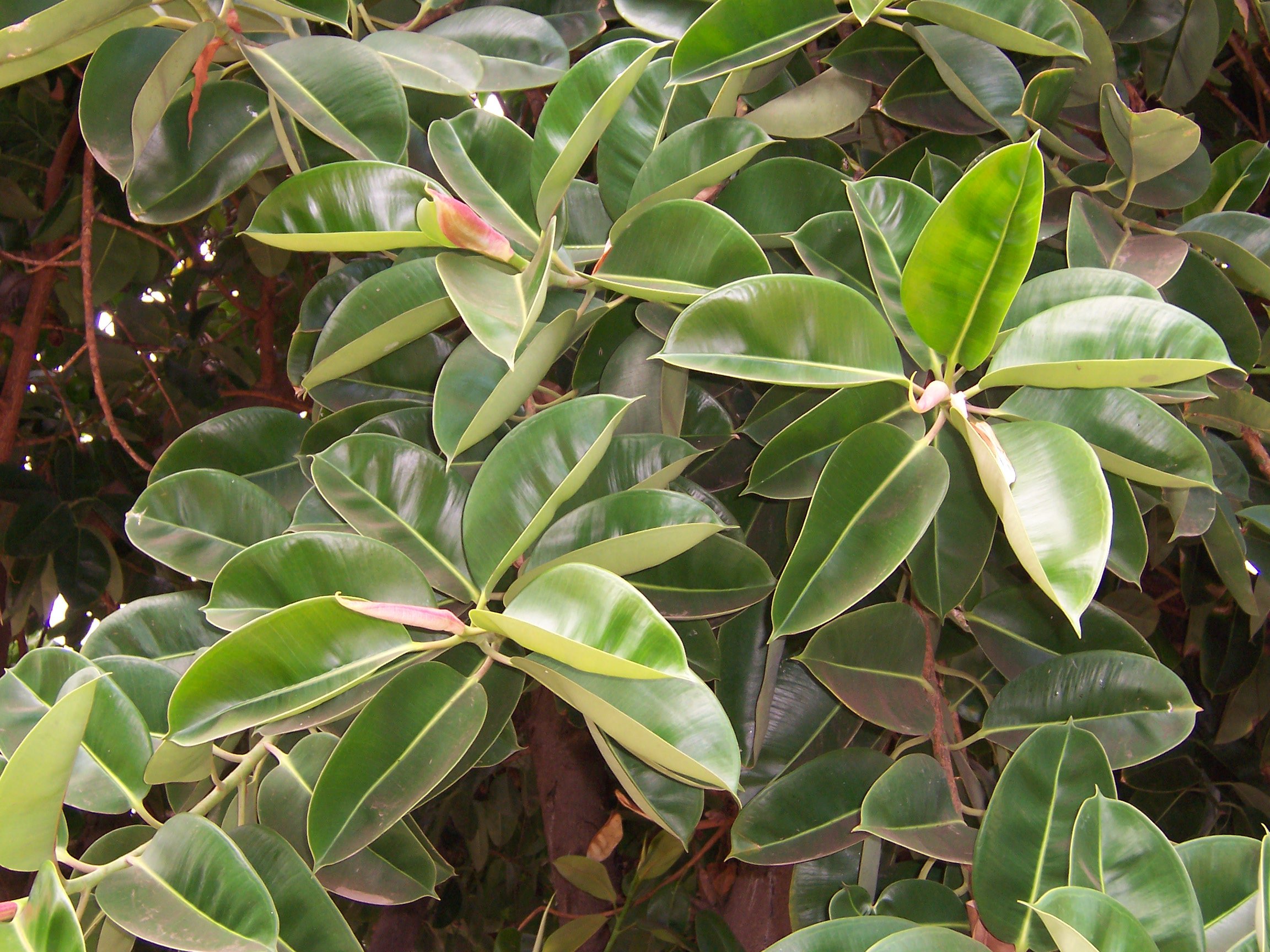Rubber Plant Care
Ficus Elastica - Reunion Island
by B. Navez, CC BY-SA 3.0
Rubber plants, also known as Ficus elastica, are a popular houseplant that can add a touch of greenery to any room. These plants are known for their large, glossy leaves and their ability to purify the air. With proper care, a rubber plant can thrive for many years.
To start, rubber plants prefer bright, indirect light. They can tolerate low light, but their leaves may become smaller and less glossy. If you notice that your plant is stretching towards a light source, it may be getting too little light.
Rubber plants prefer to be kept on the moist side, so it's important to keep an eye on the soil moisture. Allow the top inch of soil to dry out before watering. Overwatering can lead to root rot, so it's better to err on the side of underwatering.
Rubber plants do not like to be in drafty areas. They also do not like to be in areas where the temperature falls below 60F. Rubber plants are tropical plants so they prefer high humidity, you can achieve this by placing your plant in a room with a humidifier or by placing a tray of water near the plant.
Rubber plants should be fertilized every 4-6 weeks during the growing season with a balanced, water-soluble fertilizer. Be sure to follow the instructions on the fertilizer packaging for proper application.
Lastly, rubber plants can be propagated by taking stem cuttings and rooting them in water or moist soil. This can be a fun and easy way to create new plants for your home or to share with friends.
In summary, rubber plants are an easy to care for and beautiful houseplant, with proper care and attention, your rubber plant will thrive for many years. Keep an eye on the light, moisture, temperature and humidity, fertilize it regularly and you'll have a happy and healthy rubber plant.

